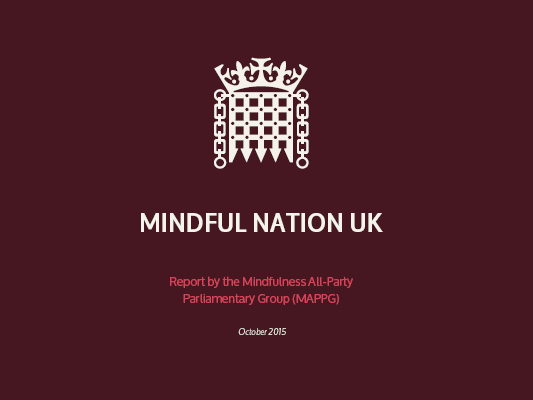Schools and colleges shortly universities have gone back to having students in classrooms with people standing in front of them teaching. Who’d have thought this would ever be a surprising thing? Even if you have no direct connection to people starting back to full-time education you may be impacted by the slow creep of our old normality re-establishing itself, even if we have to wear face coverings whenever we’re in close proximity to others.
Near the start of the lockdown, my post Staying flexible when it’s tough mentioned how we may be adapting to the new normal… and now we’re doing it again! The signs look good for a 2021 COVID-19 vaccine (e.g. see The Conversation here), but this is a time of testing, so what have we learned about ourselves? I don’t mean as a whole, I mean each of us as individuals.
Shakespeare’s Hamlet includes the phrase, “There is nothing good or bad, only thinking makes it so.” I dislike this quote because we could read it as blame – if you’re suffering, it’s your own fault – a wholely unhelpful perspective in my view! Some of us are dealing with higher vulnerability, perhaps with the loss of loved ones, financial challenges and many other issues entirely caused by the situation that we couldn’t reasonably predict.
But, there’s also some truth in there, and it represents an element of hope. How we feel, doesn’t have to be the whole story. Psychological flexibility is a key aspect of resilience. If we’re flexible we’re more likely to see options and opportunities. Unfortunately, unpleasant emotion – anger, fear, frustration, sadness and so on – tend to take away flexibility. They can cause us to narrow our attention to the object of our emotion.
My own experience of homeschooling my eleven-year-old son is a good example for me. Math’s was a real challenge. I would get frustrated, he would get frustrated – and in that frustration, we would close down, lose flexibility. I couldn’t see another way! Explaining something in a slightly louder higher-pitched voice, for some reason didn’t help.
Eventually, I would take a break. Slowly, alternative ways of describing a problem, or ways of dealing with a situation would creep in. Over the weeks, I learned a lot – yes, about my son, and about angles in triangles (it’s been a long time), but I also learned how to spot and manage my and my sons rising frustration more frequently before it took away our flexibility.
This ability to be aware of the rising frustration and work with it are aspects of awareness, which is a learnable skill – most commonly through mindfulness training – that has been invaluable in my own life… and of course something that I’ve now been teaching for seven years (see Mindfulness at work, or my public courses).








